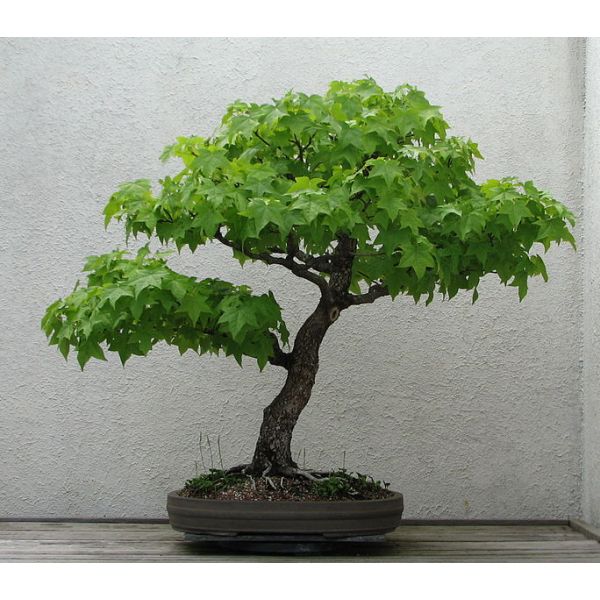Graines Liquidambar Styraciflua (Graines Copalme d'Amérique)
Graines Liquidambar Styraciflua (Graines Copalme d'Amérique)
Arbre de Virginie majestueux au feuillage coloré en automne, parfait pour les grands jardins.

Delivery
All orders shipped with UPS Express.
Always free shipping for orders over US $250.
All orders are shipped with a UPS tracking number.
Returns
Items returned within 14 days of their original shipment date in same as new condition will be eligible for a full refund or store credit.
Refunds will be charged back to the original form of payment used for purchase.
Customer is responsible for shipping charges when making returns and shipping/handling fees of original purchase is non-refundable.
All sale items are final purchases.
Help
Give us a shout if you have any other questions and/or concerns.
Email: contact@domain.com
Phone: +1 (23) 456 789
Availability: En stock
SKU
Liquidambar Styraciflua
Liquidambar Styraciflua est communément appelé Copalme d'Amérique. C’est un arbre à feuilles caduques qui ne nécessite que peu d’entretien. Il peut atteindre jusqu'à 20 m de haut. Liquidambar Styraciflua est originaire de l'Est des États-Unis, du sud-ouest du Connecticut à la Floride. On le trouve également dans les montagnes du Mexique et du Guatemala.
Liquidambar Styraciflua est un arbre ornemental populaire. Il a une forme pyramidale qui s’arrondi avec la maturité. Liquidambar est cultivé pour ses feuilles qui ressemblent à celles de l'érable. Ses feuilles vert foncé sont dentée sur les rebords. Chaque feuille a 5-7 lobes pointus en forme d'étoile. Les feuilles ont de magnifiques nuances de jaune, orange, violet et rouge en automne.
De plus, des fleurs jaune-vert apparaissent en grappes sphériques en Avril-Mai. Les fleurs femelles donnent lieu à des boules de gomme qui sont dures, sphériques, avec des fruits hérissés de 3.81 cm de diamètre.
Un chewing-gum et un stabilisant pour les gâteaux peuvent être obtenus à partir de la résine.
Liquidambar Styraciflua ne tolère pas l'ombre. Il préfère le plein soleil et tolère l'ombre partielle. L'arbre préfère les sols profonds et fertiles, humides et semble tolérer une grande variété de sols.
Zone de rusticité : 5-9
| Nom commun | Sweetgum, Red-Gum |
|---|---|
| Famille | Altingiaceae |
| Genre | Liquidambar |
| Espèce | Liquidambar styraciflua |
| Usage thérapeutique | The resin obtained from the trunk of the tree is antiseptic, carminative, diuretic, expectorant, parasiticide, poultice, salve, sedative, stimulant, vulnerary. It is chewed in the treatment of sore throats, coughs, asthma, cystitis, dysentery etc. Externally, it is applied to sores, wounds, scabies? |
| Germination | Coming soon. |
| Scarification / Stratification | Place the seeds inside a quart-sized sealable plastic bag filled with 1 cup of moistened perlite. Press the seeds into the perlite. Store the bag inside a refrigerator for one to three months. Check the bag periodically and moisten the perlite when it feels dry. |
| Price View | Tranche de prix |

